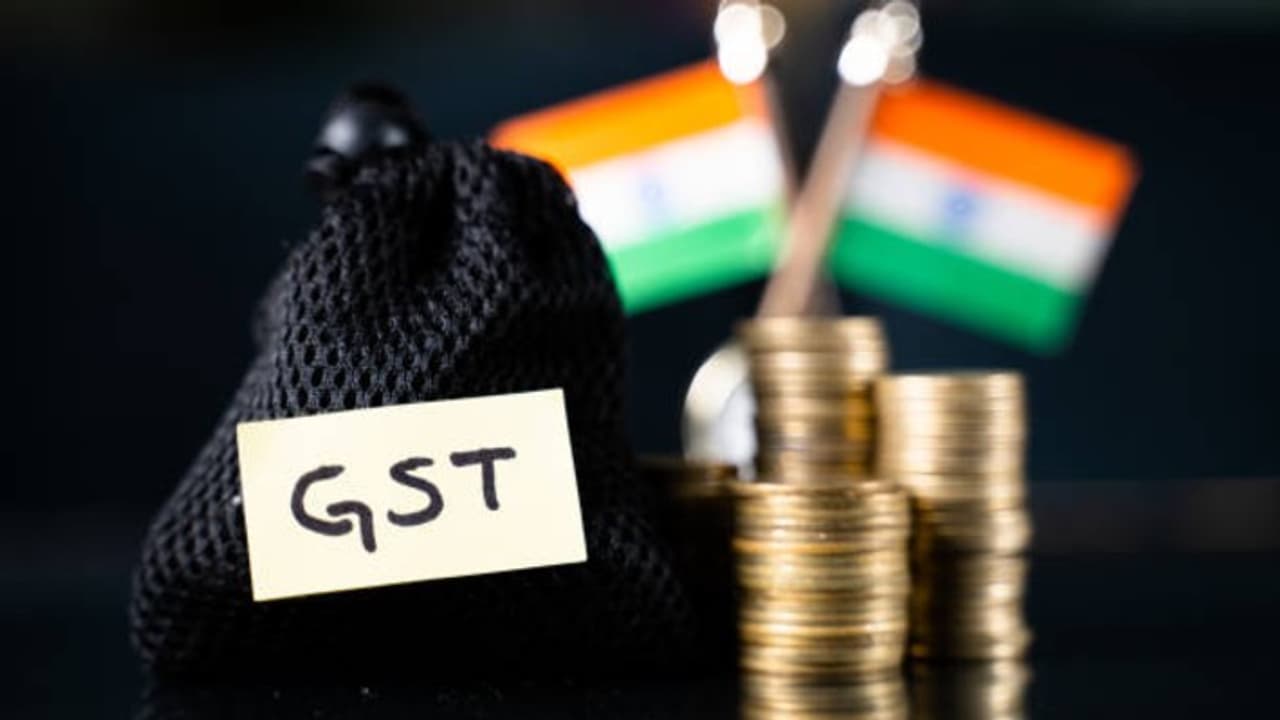India’s GST collections have increased by 12.6% in April to an all-time high of Rs 2.37 lakh crore, according to government data.
India’s Goods and Services Tax (GST) collections have surged to a record Rs 2.37 lakh crore, marking a 12.6% increase over the same month last year, government data shows. This surpasses the previous all-time high of Rs 2.10 lakh crore recorded in April 2024, making it the highest monthly GST revenue ever.

India’s GST collections surge continued a strong upward trend seen in recent months. According to data released by the Ministry of Finance, April witnessed record-high GST revenues, reflecting robust economic activity, improved compliance, and the traditional year-end push in business transactions.
April’s GST mop-up typically captures March’s transactions — a month when businesses wrap up their financial year, clear dues, and file final returns. This annual cycle often drives higher tax inflows, and this year was no exception.
The government’s GST collections for April stood at a historic high, following a series of strong showings in the preceding months. In March, collections touched Rs 1.96 lakh crore, marking a 9.9% increase compared to the same period last year. February saw ₹1.83 lakh crore in collections, a 9.1% year-on-year jump. January also posted robust numbers with ₹1.96 lakh crore, reflecting a 12.3% rise.
Looking further back, December 2023 saw ₹1.77 lakh crore in revenue — a 7.3% annual increase. While this was slightly below November’s 8.5% growth rate, it followed seasonal trends where post-festival consumption typically tapers off.
Officials attribute April’s exceptional performance to several factors beyond the usual financial year-end rush. Improved GST return filing compliance, rising domestic demand, and technological advancements in monitoring and enforcement have helped widen the tax base.
In the Union Budget, the government set a target of ₹11.78 lakh crore in GST collections for FY 2025 — a projected 11% growth. Early trends from the year’s start suggest the government may be on track to meet or even exceed that estimate.
Standout growth in Union Territories and the Northeast Among states and union territories, Lakshadweep led with a staggering 287% rise in GST collections, albeit from a low base. The “Other Territory” category also recorded dramatic growth of 160%. In the Northeast, Arunachal Pradesh surged by 66%, while Meghalaya, Nagaland, Manipur, and Sikkim posted gains ranging from 16% to 50%, signaling a region-wide economic upswing.
Major industrial states also showed solid performance. Haryana and Bihar each grew by over 15%, while Gujarat and Tamil Nadu reported 13% increases. States like Rajasthan, West Bengal, Telangana, Madhya Pradesh, and Jammu and Kashmir posted consistent 12% growth. Maharashtra, Uttar Pradesh, Karnataka, Punjab, and Uttarakhand followed with gains around 11%.
Modest growth was seen in Puducherry, Himachal Pradesh, Chandigarh, and Delhi — ranging between 6% and 8%. Odisha, Goa, and Chhattisgarh saw slower rises under 5%.
However, not all states kept pace. Andhra Pradesh recorded a slight decline of 3%, while Tripura dipped by 7%. Mizoram saw the steepest fall, with collections dropping by 28%.
As the fiscal year gets underway, April’s numbers suggest India’s consumption-driven economy remains resilient — though experts caution that sustaining this pace will require continued reform, broader compliance, and economic stability amid global uncertainties.
35-word summary: India’s GST revenue hit a record high in April


